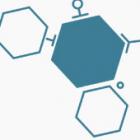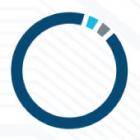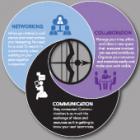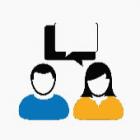
DSA: Data Structures and Algorithms for TypeScript and JavaScript
This project addresses the lack of well tested, comprehensive, and statically-typed data structures and algorithms for TypeScript and JavaScript. In JavaScript the only data structures provided are arrays, and string key hash maps. This limits the ability of JavaScript developers to solve problems; where other data structures would work better with less code and more efficiency. Having a comprehensive library of well-researched data structures and algorithms will increase the productivity of JavaScript and TypeScript developers. Success was gauged by documentation for public APIs, extensive test coverage, and published public modules containing the completed library. Surveys were also conducted on various online development communities in order to determine the utility and quality of the library.









